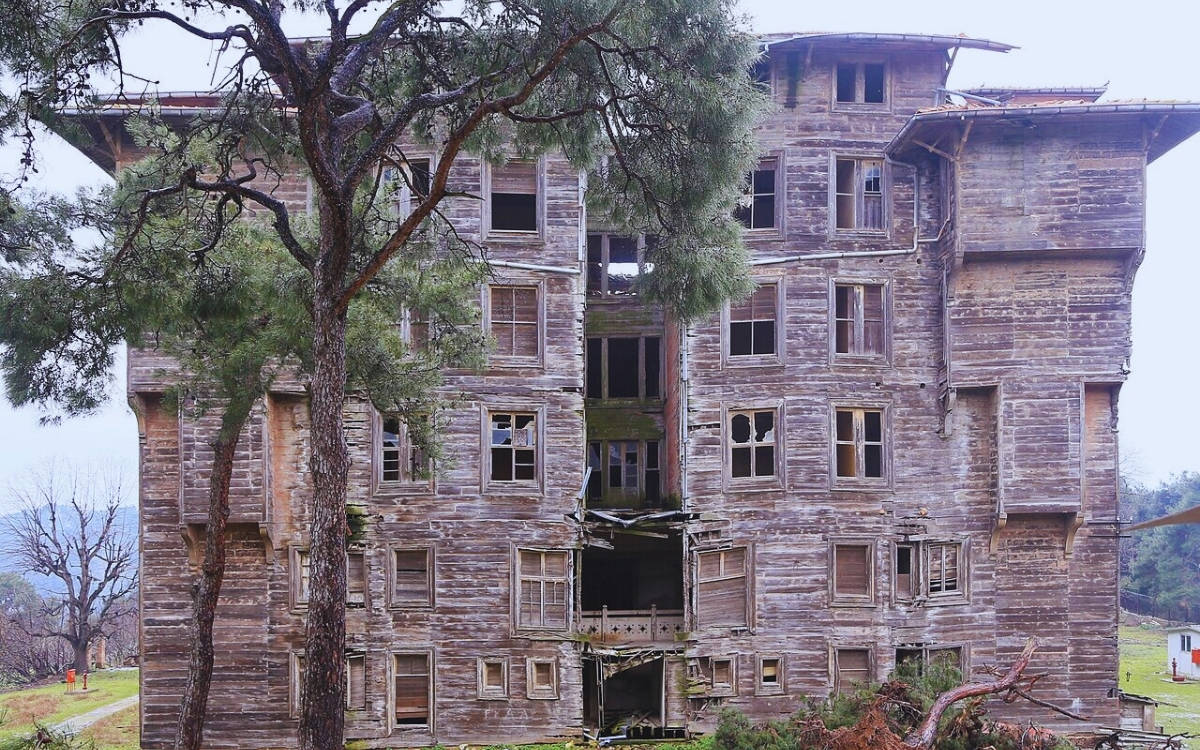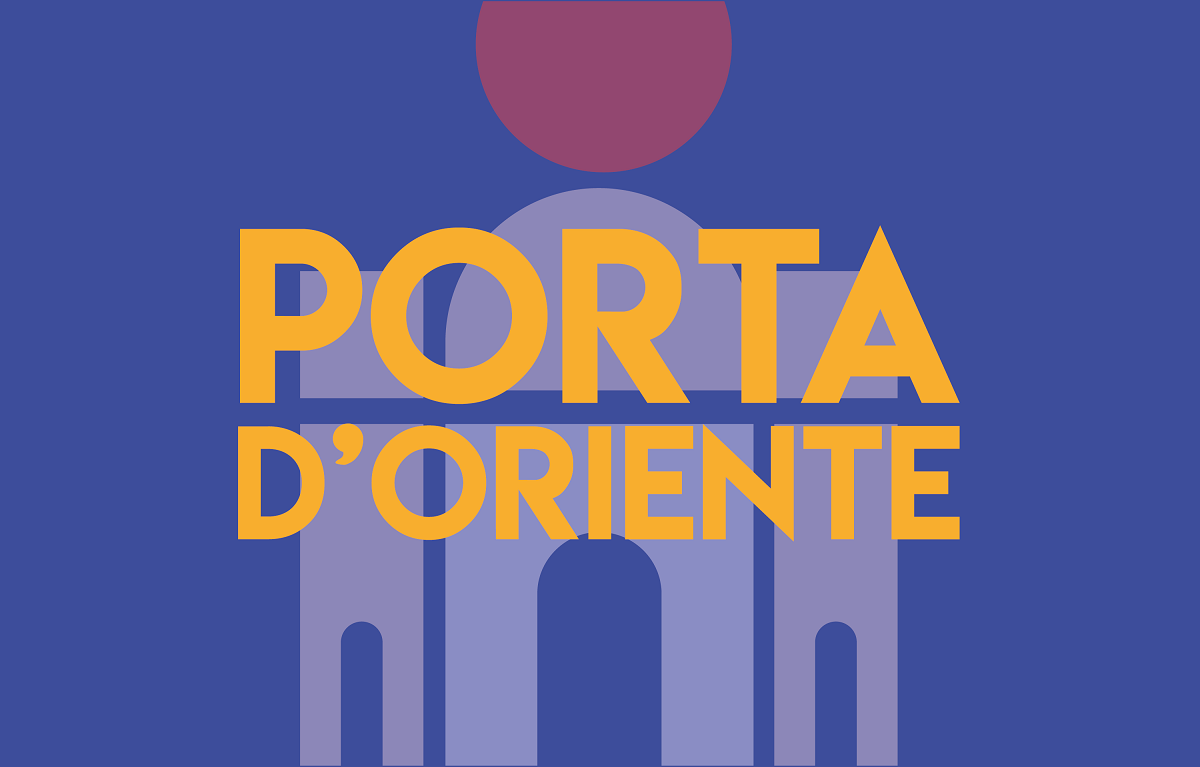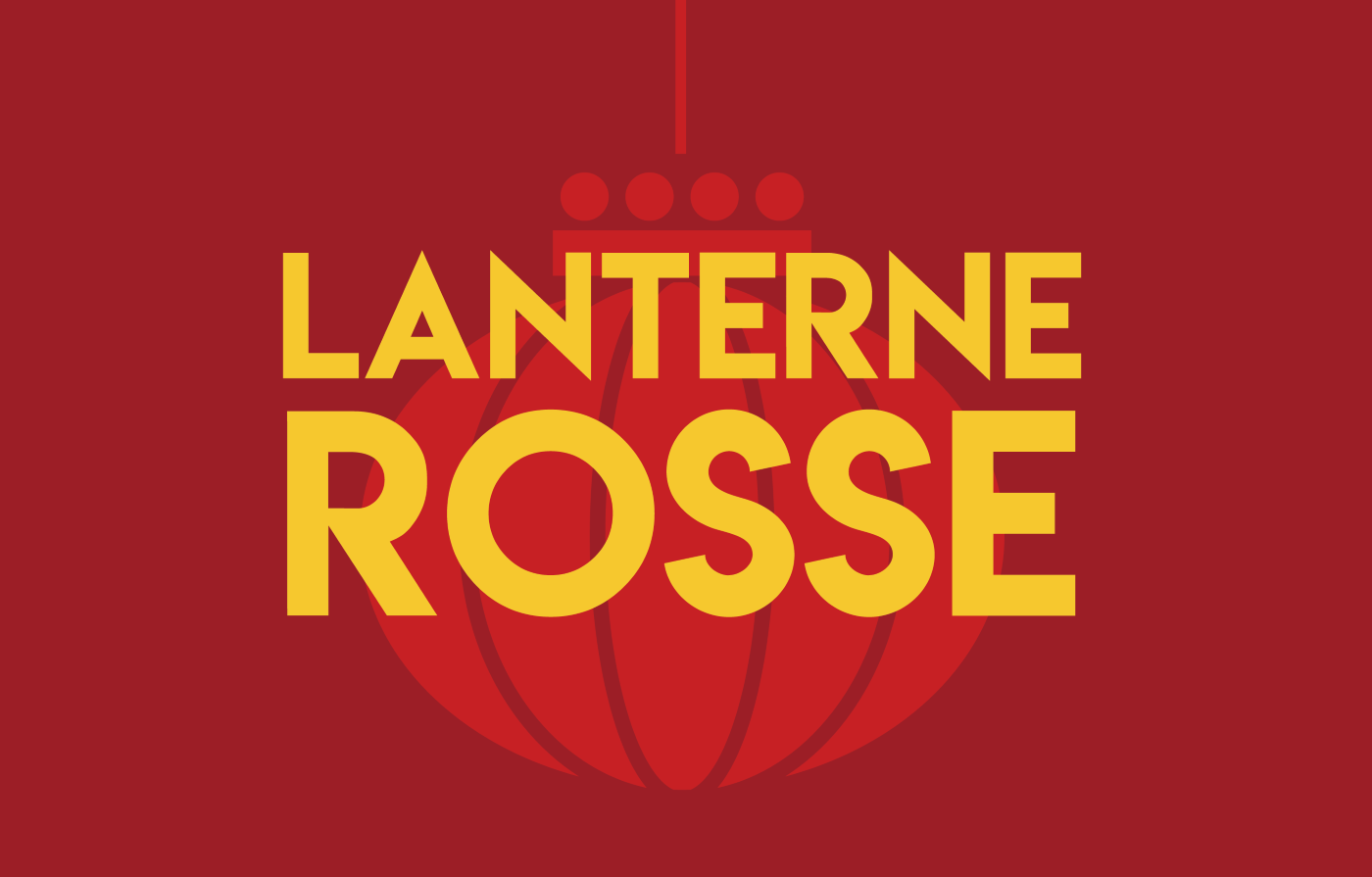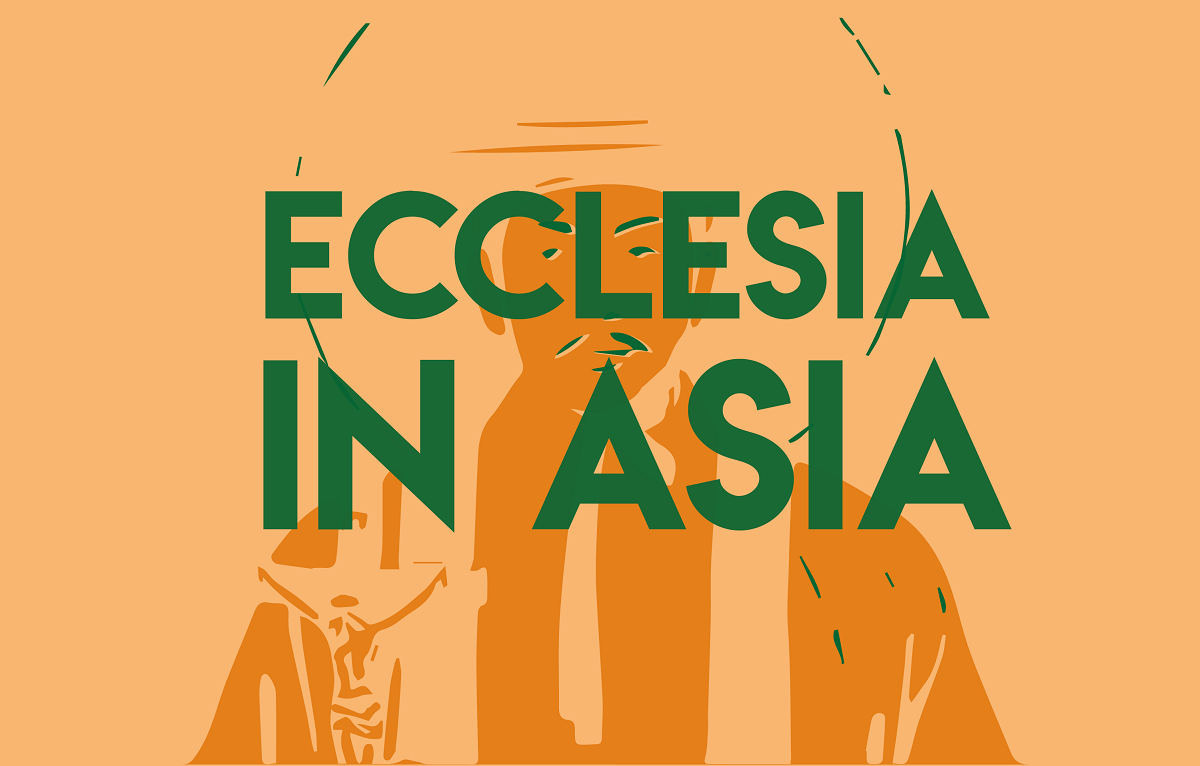Buyukada: the Orthodox Patriarchate turns its historic orphanage into a hotel
Built in 1898, it is the second largest wooden building in the world. Returned to the Phanar in 2010, it is listed as a European Cultural Heritage Site. Behind the decision are the substantial costs of running the facility and safety concerns. For the patriarchate, it can no longer “remain standing without generating income”.
Istanbul (AsiaNews) - The Ecumenical Patriarchate of Constantinople intends to convert the historic orphanage in Buyukada into a hotel to prevent the structure from collapsing and to ensure that it can self-finance the costs of its ongoing maintenance.
It is one of the most famous buildings in the recent history of Christianity in Turkey, as well as one of the most famous examples of architecture: dating back to 1898, it is the second largest building in the world made entirely of wood.
Father Lakis Vingas, member of the Ecumenical Patriarchate Council and former head of the General Directorate of Foundations, said that due to safety and maintenance issues, it cannot survive without generating income.
Announcing the decision, which dates back to 7 June, the synod chaired by Patriarch Bartholomew stressed that efforts to restore the structure, which was closed in the 1960s and suffered serious damage, had been unsuccessful.
In the past, the Patriarchate had already decided to open the building to eco-friendly and conscious tourism, in keeping with the architectural and social fabric of Büyükada and the island on which it stands.
When asked by Bianet, he explained that it is not possible for “the wooden structure, now deteriorated, to remain standing” without generating income.
‘The Patriarchate,’ he continued, "has taken this decision because it is impossible for such a large wooden building with serious safety issues to survive without generating its own income. This also provides a long-term answer in terms of cultural heritage conservation,‘ which until now ’had not been found.‘
’Although the building is highly significant and symbolic as cultural heritage, maintaining a structure of this size solely on the basis of its spiritual value is not easy,‘ and no institutions or bodies have shown interest in its conservation.
’Functionality analyses have been carried out with professional studies," Vingas concluded. Various options were evaluated and, in the end, the most feasible model was chosen.
This decision was not taken under external pressure or on the basis of a proposal: it was the result of assessments carried out independently by a team of experts.‘
’We also have a responsibility to the past and to the inhabitants of Istanbul today‘ and, while understanding the reasons of those who criticise the choice, ’there was no other way to save the building."
The building dates back to 1898 and is the work of the famous French architect Alexandre Vallaury. Initially designed as a hotel, it was owned by a French company under the name “Prinkipo Palace”, but Sultan Abdülhamid II intervened and prohibited the building from operating as a hotel.
In 1903, it was purchased by the Ecumenical Patriarchate of Constantinople, which converted it into a dormitory and educational institution for orphans, taking in Greek Orthodox children from various neighbourhoods of Istanbul and different regions of Anatolia.
Operational since the beginning of the 20th century, the orphanage served for many years as an educational and residential facility and, over time, housed nearly 200 children, whose education was supervised by people affiliated with the Patriarchate.
In 1964, the facility had to close its doors due to the deterioration of relations between Turkey and Greece, particularly in the context of the Cyprus crisis, and since then it has been abandoned, deteriorating progressively over time, although much of the structure has remained standing.
Today, the wooden building located on the island of the same name, Buyukada, in the Sea of Marmara, off the coast of Istanbul, with its 20,000 m2 of floor space, is considered the largest wooden building in Europe and the second largest in the world. In 2010, it was included in the list of European Cultural Heritage Sites.
In the 2000s, ownership of the structure was at the centre of a bitter legal dispute between the patriarchate and the Directorate of Religious Foundations, which wanted to expropriate it.
Finally, in 2010, the building was returned to the Phanar following a ruling by the European Court of Human Rights (ECtHR), which was later confirmed by the “historic” verdict issued by the Buyukada court.








.png)










